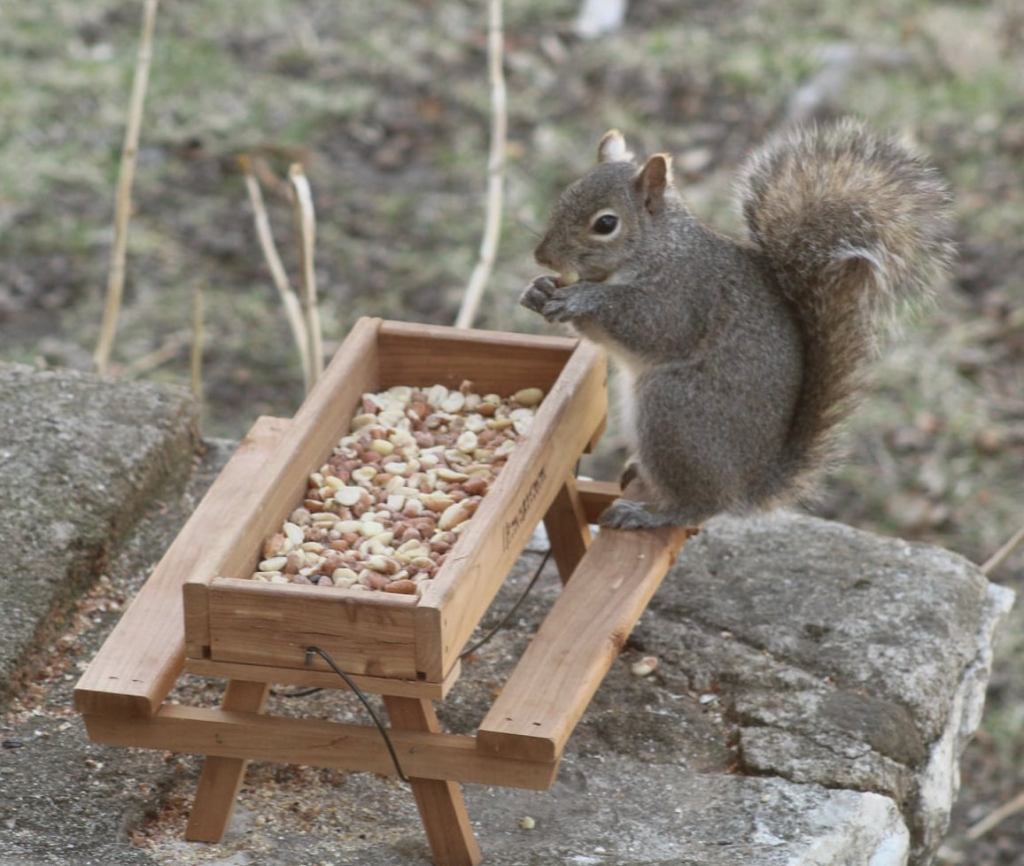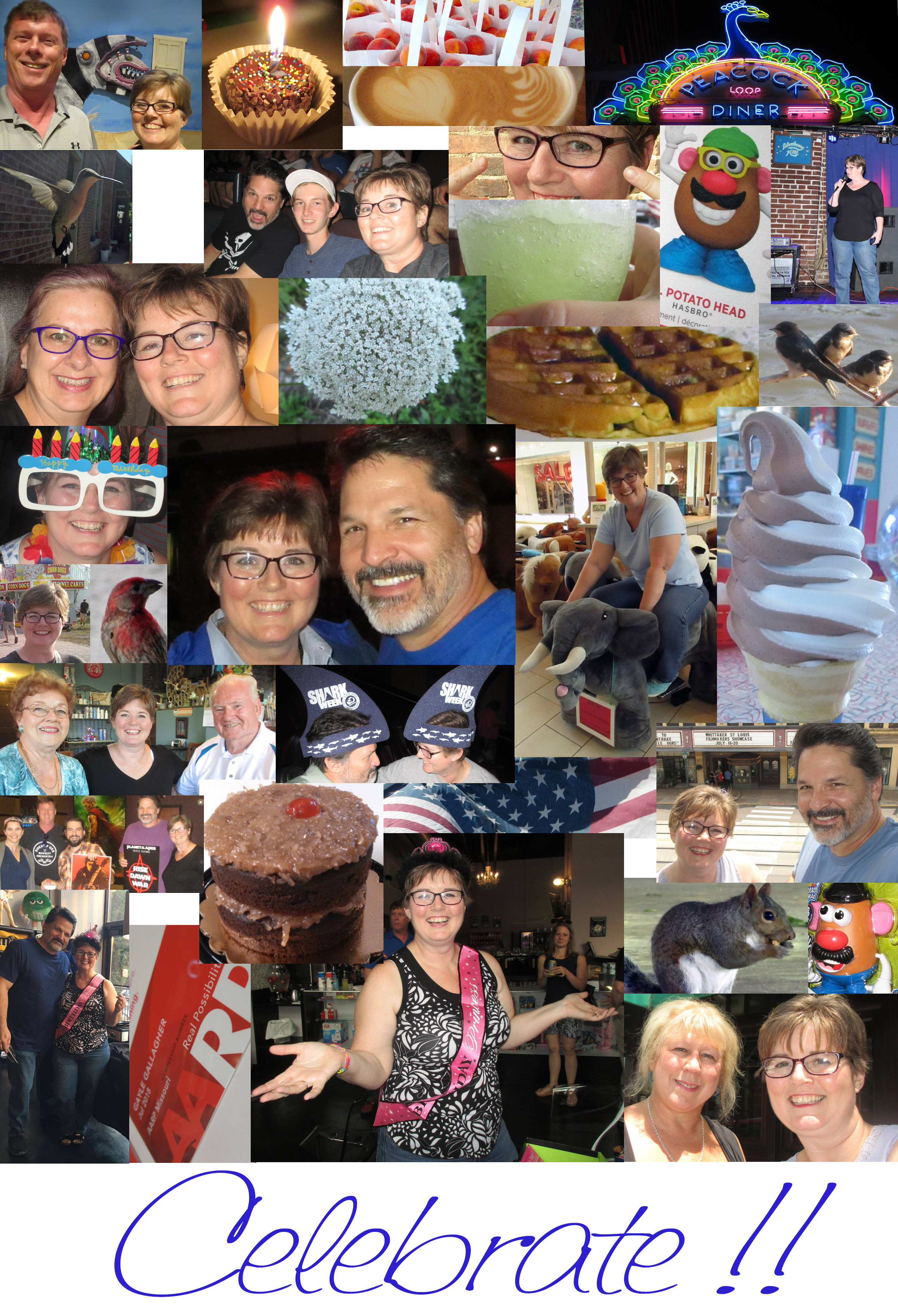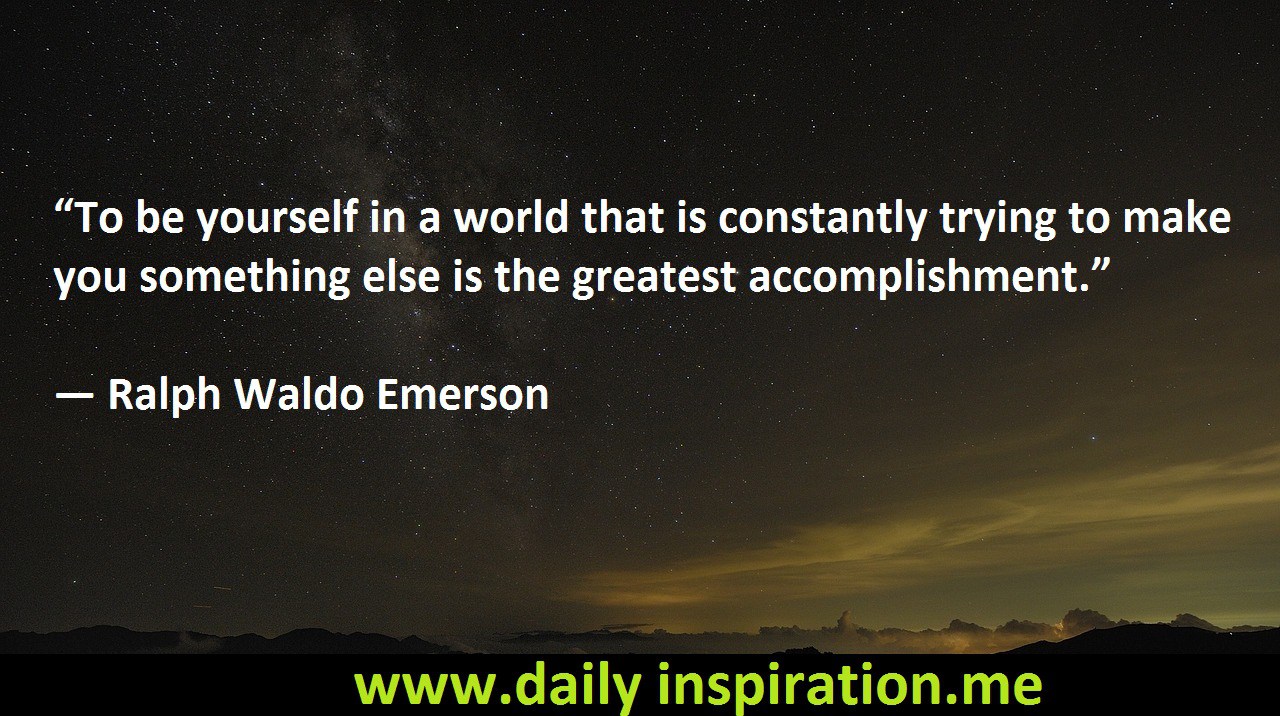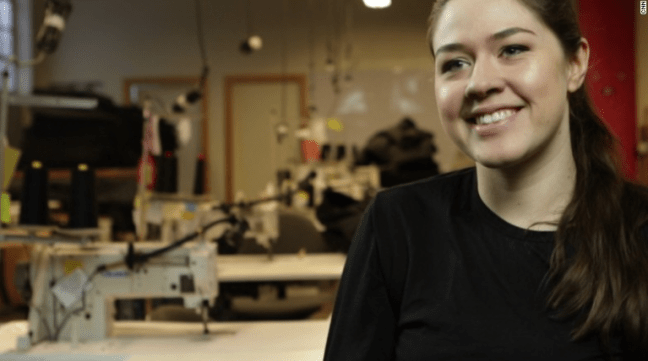Did you know that happiness has its own holiday?
Four years ago, the General Assembly of the United Nations proclaimed March 20 to be the International Day of Happiness. It’s easy to understand why they see happiness as something to celebrate: Happy people are healthier; they get sick less often and live longer. Happy people are more likely to get married and have fulfilling marriages, and they have more friends. They make more money and are more productive at work. Based on decades of research, it has become clear that happiness is not just a personal issue; it’s a matter of public health, global economics, and national well-being.
But it doesn’t come easy, as most of us know. Disappointments and annoyances grab our attention like gnats, and even the good things in life seem to lose their luster over time. Add to that a crammed schedule and mounting obligations, and happiness might just seem out of reach—achievable for other people, perhaps, but not us.
Fortunately, research suggests that happiness is something we can cultivate with practice. The Greater Good Science Center has collected many happiness practices on our website Greater Good in Action, alongside other research-based exercises for fostering kindness, connection, and resilience. Below are 11 of those happiness practices, grouped into five broader strategies for a more fulfilling life.
1. Acknowledge the good

If we don’t feel happy, it’s tempting to look for things to fix: the job that isn’t prestigious enough, the apartment that’s too cramped, our partner’s annoying habit. But focusing on all the negatives isn’t the surest route to feeling better. Instead, a simple way to start cultivating happiness is by recognizing the good.
In the Three Good Things exercise, for example, you keep a journal devoted solely to the positives in your life. Each evening, you write down three things that went well and add some detail about each, including how they made you feel. For example, you might recall a heartfelt thank you from a coworker, a quiet moment drinking tea, or your daughter’s infectious laughter. Importantly, you also briefly explain why you think each good thing happened—which focuses your attention on the enduring sources of goodness that surround you.
A 2005 study invited participants to do this practice daily for a week, and afterward they reported feeling happier and less depressed than when they started. In fact, they maintained their happiness boost six months later, illustrating how impactful it can be to focus on the good things in life.
Many of those good things lie just outside our doorstep, and we can practice noticing them on aSavoringWalk. Here, you take a 20-minute walk and observe the sights, sounds, and smells you encounter—freshly cut grass, an epic skyscraper, a stranger’s smile. Each time you notice something positive, take the time to absorb it and think about why you enjoy it. On your subsequent Savoring Walks, strike out in different directions to seek new things to admire.
In a study by Fred Bryant of Loyola University Chicago, participants who took Savoring Walks daily for a week reported greater increases in happiness than participants who went for walks as usual. “Making a conscious effort to notice and explicitly acknowledge the various sources of joy around us can make us happier,” write Bryant and Joseph Veroff in the book Savoring.
If you have trouble seeing the good that’s already around you, another strategy is to create some. In Creating and Recalling Positive Events, you carve out time for yourself and fill your schedule with enjoyment.
When you have a day free, don’t rush around doing chores; instead, try three different happy activities:
Something you do alone, such as reading, listening to music, or meditating.
Something you do with others, such as going out for coffee, riding your bike, or watching a movie.
Something meaningful, such as volunteering, helping a neighbor in need, or calling a friend who’s struggling.
If your go-to happiness practice has been Netflix and a bowl of ice cream, this exercise can reconnect you with different sources of satisfaction. These three activities should offer you a sense of pleasure, engagement, and meaning, all viable paths to a satisfying life. A 2014 study found that even psychiatric patients with suicidal thoughts found value in doing this exercise, reporting more optimism and less hopelessness afterward.
2. Add happiness through subtraction

Even after we identify the positives in our life, we’re still prone to adapting to them over time. A good thing repeated brings us less satisfaction, until it no longer seems to contribute to our day-to-day mood at all; we take it for granted. That’s why, sometimes, it’s a good idea to introduce a little deprivation. 

In Mental Subtraction of Positive Events, you call to mind a certain positive event—the birth of a child, a career achievement, a special trip—and think of all the circumstances that made it possible. How could things have turned out differently? Just taking a moment to imagine this alternate reality creates a favorable comparison, where suddenly our life looks quite good.
In a 2008 study, participants who performed this exercise reported feeling more gratitude and other positive emotions than participants who simply thought about past positive events without imagining their absence. Mental Subtraction seems to jolt us into the insight that the good things in our lives aren’t inevitable; we are, in fact, very lucky.
If imagining absence isn’t quite enough for you, what about experiencing it for real? In the Give It Uppractice, you spend a week abstaining from a pleasure in order to appreciate it more fully. This pleasure should be something that’s relatively abundant in your life, such as eating chocolate or watching TV. At the end of the week, when you can finally indulge, pay special attention to how it feels.
In a 2013 study, people who gave up chocolate savored it more and experienced a more positive mood when they finally ate it at the end of the week, compared with people who ate chocolate as usual. This exercise may not only open your eyes to a single pleasure (like the miracle of cacao), but make you more conscious of life’s many other pleasures, too.
3. Find meaning and purpose
Creating and Recalling Positive Events reminds us that pleasure isn’t the only path to bliss; meaning can also bring us happiness, albeit a quieter and more reflective kind.
In the Meaningful Photos practice, you take pictures of things that are meaningful to you and reflect on them. Over the course of a week, look out for sources of meaning in your life—family members, favorite spots, childhood mementos—and capture about nine or ten different images of them. At the end of the week, spend an hour reflecting on them: What does each photo represent, and why is it meaningful to you? Jot down some of those thoughts if it’s helpful.
Amid the chores and routines, life can sometimes feel dull and mundane. Reigniting our sense of meaning can remind us what’s important, which boosts our energy and gives us strength to face life’s stresses. In a 2013 study, college students who completed this exercise not only boosted their sense of meaning, but also reported greater positive emotions and life satisfaction as well.
We can also boost our energy and motivation by fostering a sense of purpose, and the Best Possible Selfexercise is one way to do that. Here, you journal for 15 minutes about an ideal future in which everything is going as well as possible, from your family and personal life to your career and health.
In a 2006 study, participants who wrote about their Best Possible Selves daily for two weeks reported greater positive emotions afterward, and their mood continued increasing up to a month later if they kept up the practice.
This exercise allows us to clarify our goals and priorities, painting a detailed picture of where we want to be. This picture should be ambitious but realistic so that it motivates us to make changes, rather than reminding us how imperfect and disappointing our lives are now. When we reflect on our future this way, we may feel more in control of our destiny.
4. Use your strengths
Just as we hunt for things to fix in life, we also tend to obsess over flaws in ourselves; our weaknesses loom large. But what if we put more time and attention into our strengths and positive attributes?
The Use Your Strengths exercise invites you to consider your strengths of character—from creativity and perseverance to kindness and humility—and put them into practice. Each day for a week, select a strength and make a plan to use it in a new and different way. You can repeat the same strength—directing your curiosity toward a work project one day and toward your partner’s interests the next—or work on different strengths each day. At the end of the week, synthesize the experience by writing about what you did, how it made you feel, and what you learned.
In a 2005 study, participants who engaged in this exercise for a week reported feeling happier and less depressed, and that happiness boost lasted up to six months. Use Your Strengths may help us transfer skills between home and work—applying our professional creativity to our children’s school assignments or our domestic kindness to our co-workers—and give us a confidence boost all around.
5. Connect with others

The practices above invite us to turn inward, tinkering with our attitudes and the way we view the world. But decades of science also suggest that turning outward and connecting to the people around us is one of the surest routes to happiness.
As a first step, you can try an adapted version of the Best Possible Self exercise for relationships to give you insights into what kinds of social connection you desire. In an ideal life, what would your relationships with your spouse, family, and friends look like?
One way to feel an immediate boost of connection is through Random Acts of Kindness. Random Acts of Kindness don’t have to be flashy or extravagant; they can be as simple as helping a friend with a chore or making breakfast for your partner. You can also extend your circle of kindness to strangers and community members, feeding a parking meter or offering a meal to someone in need.
In a 2005 study, participants who performed five acts of kindness on one day a week for six weeks reported increases in happiness. (This didn’t happen when they spread out their acts of kindness across the week, perhaps because a single kind act may not feel noteworthy on its own.) Researchers also suggest varying your acts of kindness over time to keep the practice fresh and dynamic.
Some of your acts of kindness may involve giving, and the Make Giving Feel Good practice helps ensure that giving does, indeed, bring happiness. Researchers Elizabeth Dunn and Michael Norton, among others, have found evidence that being kind and generous does make us happier, but they’ve also found that acts of giving are most effective when they meet these three criteria:
It’s a choice: Give because you choose to, not because you feel pressured or obligated to.
You connect: Giving can be an opportunity to make connections with the people you’re helping, so choose activities where you get to spend time with recipients, like helping a friend move or volunteering at a soup kitchen.
You see the impact: If you’re donating money, for example, don’t just give and move on. Find out what your money will be used for—like new classroom supplies or a cooking stove.
In a 2011 study, participants were offered a $10 Starbucks gift card to use in different ways: They either gave it to someone, gave it to someone and joined them for a drink, or used it on themselves while drinking with a friend. The ones who gave the card away and spent time with the recipient—connecting with them and seeing the impact of giving—felt happiest afterward.
Of course, the pursuit of happiness isn’t all sunshine and rainbows and mugs of tea and smiling children. Sometimes we need to tackle our insecurities and weaknesses, and we can’t just ignore our draining jobs and nagging relatives. But the practices here represent the other side of the coin, the one we often neglect: seeing, appreciating, and mobilizing the good.




 I remember riding my bike over to Heather’s house (uphill, both ways!). I remember playing tag football with the boys in the backyard. Babysitting Abby, Noel and Christian next door. Waiting at the bus stop. Hanging out with Kris down the street, and talking about the boys in the neighborhood (then meeting the boys in the neighborhood). My brothers and I creating a fully carpeted fort in the crawlspace under the stairs. The pop-open cassette player that we had in the ‘fort’ where we listened to “Paradise Theatre” and “Hi Infidelity” over and over and over (that is the soundtrack for my thirteenth year). My brother’s train set that took over the ping pong table in the ‘Big Room’ in our house. Creating rocketships with the large moving boxes. Learning that when a neighbor kid offers you a ‘soda,’ they don’t mean pop with ice cream in it. Learning what the words “Preppie” and “soc” and “Izod” meant. I remember being in the downstairs TV room and watching the news of President Reagan being shot. I also remember being in that same room watching Channel 11’s marathon of “The Deer Hunter” with my brother Dean (neither of us, by the way, were really old enough to watch that film and the song “Can’t Take My Eyes Off You” still gives me the willies!!) I also remember the last physical fight I ever got into with my older brother Brendon, who despite being shorter than me, suddenly was a lot stronger than me..!
I remember riding my bike over to Heather’s house (uphill, both ways!). I remember playing tag football with the boys in the backyard. Babysitting Abby, Noel and Christian next door. Waiting at the bus stop. Hanging out with Kris down the street, and talking about the boys in the neighborhood (then meeting the boys in the neighborhood). My brothers and I creating a fully carpeted fort in the crawlspace under the stairs. The pop-open cassette player that we had in the ‘fort’ where we listened to “Paradise Theatre” and “Hi Infidelity” over and over and over (that is the soundtrack for my thirteenth year). My brother’s train set that took over the ping pong table in the ‘Big Room’ in our house. Creating rocketships with the large moving boxes. Learning that when a neighbor kid offers you a ‘soda,’ they don’t mean pop with ice cream in it. Learning what the words “Preppie” and “soc” and “Izod” meant. I remember being in the downstairs TV room and watching the news of President Reagan being shot. I also remember being in that same room watching Channel 11’s marathon of “The Deer Hunter” with my brother Dean (neither of us, by the way, were really old enough to watch that film and the song “Can’t Take My Eyes Off You” still gives me the willies!!) I also remember the last physical fight I ever got into with my older brother Brendon, who despite being shorter than me, suddenly was a lot stronger than me..!









